Apple variety Martovskoe
The winter apple variety Martovskoe was obtained at the Michurin Research Institute of Horticulture as a result of the joint work of breeders Ivanova Z.I., Isaeva S.I., Lobanova G.A., Zayets V.K. For its creation, the genetic material of the American variety Macintosh (Mekintosh) and the Soviet one - Antonovka ordinary was used. The Martovskoe apple tree got its name for the good keeping quality of the fruits, which, under optimal conditions, are well preserved until March.
The variety entered the state test in 1971. In 1993 he was entered in the State Register for the Central and Middle Volga regions. The variety spread over a huge area: the Central Black Earth Region, the territory of the Non-Black Earth Region and lands of adjacent regions.
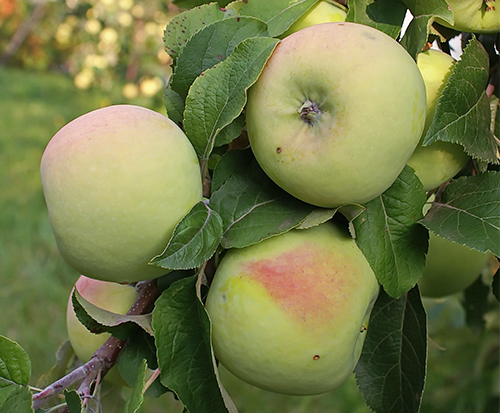
A vigorous tree quickly reaches a height of 6 - 7 m. The crown is oval or broadly pyramidal, medium thickened or sparse. Strong skeletal branches are located almost at right angles to the trunk. Semi-skeletal branches (second and third order) grow at an acute angle, ends up. The compactness of the branches greatly simplifies the forming pruning of the tree.
Trees grow well on cultivated seedlings, on Chinese and rootstocks with vegetative propagation.
The grayish-brown bark of the trunk and the main branches is smooth, in appearance similar to the bark of the mountain ash. Articulated shoots with dark cherry bark are noticeably pubescent. Lentils are small, poorly expressed.
Large dark green leaves of the Martovskoe apple tree have an oval elongated shape. The short tip of the leaf plate is twisted, the base is arcuate. The leaf is even with a wrinkled surface, folded along a large central vein, has a wavy, slightly raised edge, serrate-crenate, sometimes with double denticles. The venation is pinnate-reticulate. The petiole is thick, medium-long, in relation to the shoot is located at an acute angle. The stipules are small.
The main type of fruiting is ringed, some of the fruits are located on fruit twigs. Fruits generally grow one or two, evenly distributed throughout the tree.
The flowers are medium-sized, white, with a pleasant aroma, oval-shaped petals. The accrete column of pistils is medium, the stigmas are located at the same level with the anthers.
Pollen viability is average, based on the content of water-soluble substances (36%) and flavonols (5%).
The variety is quite winter-hardy, comparable to the Antonovka ordinary. In severe winters, it freezes slightly. Drought resistance is high. The apple tree prefers moisture-absorbing air-permeable soils such as loamy or sandy loam. Scab resistance is average. In rainy seasons, leaves and fruits are significantly damaged by scab (3.7 points) - apples are covered with large spots almost over the entire surface. However, the damage is superficial and can be easily removed by cutting the skin.
The variety is plastic, adapts well to the new area.
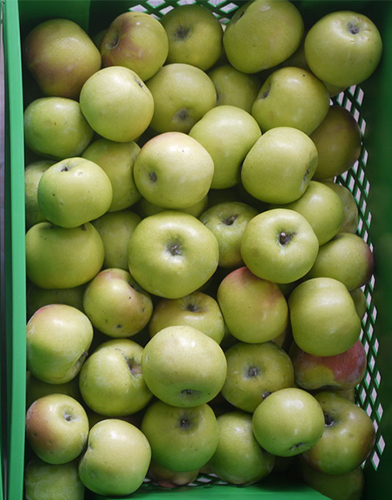
The yield is above average. Over 100 kg of apples are removed from a 10-year-old tree per season. The average yield of this apple tree was recorded at the level of 93 c / ha, the maximum with intensive agricultural technology reached 220 c / ha. Young trees bear fruit regularly; with age, an unexpressed frequency of fruiting appears.
Apple-tree Martovskoe belongs to early-growing varieties. The first crop is harvested already in the 5-6 year of planting the seedling.
The variety is self-fertile. Northern Sinap, Bogatyr, Renet Chernenko were recognized as the best pollinators.
The fruits are firmly held on the tree, do not crumble even if they are late with picking.
It is time to remove apples from the tree at the very end of September - beginning of October. Non-uniformity of fruit ripening is observed.Considering that unripe apples of the Martovskoe variety are poorly stored (“light up”, lose their elasticity), it is recommended to harvest the crop in several steps as the fruits ripen.
Consumer maturity comes in November. Apples keep well until March.
The apples of the Martovskoye variety weigh an average of 150 g, in favorable years the fruits can grow up to 200 g. They have a rounded slightly flattened shape with wide smoothed edges. The skin of the fruit is firm and smooth, with a noticeable waxy coating. The main color at the stage of removable maturity is greenish, the integumentary color is an orange blush, blurred over the part of the fruit. The blush becomes more pronounced during storage. The entire surface of the fetus is strewn with well-visible large gray subcutaneous dots.
The peduncle is strong, short, slightly protruding from the funnel. Wide and deep funnel of the fruit, not rusty, green. A closed or semi-open calyx consists of large sepals, tightly closed or slightly diverging in the center. The tips of the sepals are slightly bent back. The saucer is deep and wide, with large folds. The axial cavity of the apple is short and wide. The cup tube is in the shape of a cylinder. A large, onion-shaped heart is located closer to the top of the fruit. The seed chambers are large, can be closed or half-open. Seeds are medium in size. In an unripe fruit it is very light, in a mature apple it is dark brown.
The delicate pulp of the fruit is white with a greenish tinge, fine-grained, quite juicy, of medium density, semi-oily. The apple is fragrant. The taste of ripe fruit is sweet and sour with an emphasis on sour notes. Fruit tasting score 4.2 points.
The chemical composition of the fruit is characterized by a high content of ascorbic acid - 17.6 mg / 100 g, sugars in the fruit - 11.7 mg / 100 g, titratable acids - 0.4%. The apple tree is one of the best in terms of the content of P-active substances - 223 mg / 100 g.
The apple of the Martovskoye variety is a dessert type, but it is not only suitable for fresh consumption. It makes good dried fruits, compotes, preserves and jams. It is also used for juice production. The juice yield is within the limits of the control variety Antonovka ordinary (59 - 64%), but the taste is sweeter.
The fruits of this apple tree are quite dense, they are not damaged during sorting and transportation. The marketability of fruits is high, at the level of 90 - 92%.
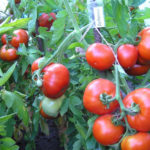

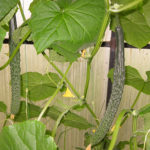
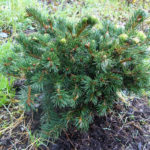
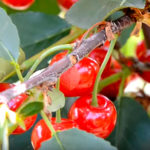




The apple is great. One apple was left on a four-year-old tree that blossomed and formed just over 10 fruits. And on October 1, it itself dropped by 250 - 300 grams. The taste is excellent, sweet and sour, juicy, delicate aroma of Antonovka. Super!
March has good winter hardiness. Before the harsh winter, the tree bore abundantly in summer, but, despite this, only a few branches froze. Other varieties are completely frozen out this winter. In my garden, this variety does not suffer from diseases, but I periodically spray or treat the trunk with copper-containing preparations. The fruits are stored for a long time, all winter, but at a temperature of + 2 ... + 3 ° C. At room temperature, they deteriorate after two months. The fruit is very firm, firm and firm, but softens during storage. The taste is sour. The apples are very aromatic. Apples hang on the tree until late autumn, there are practically no volunteers. Trees bear fruit abundantly, usually after a year. Easily grafted onto almost any rootstock.
In one year I left several apples on the tree. In January, I found apples frozen in the snow. When they thawed, they retained their qualities.The next year I tried to freeze it on the balcony, in a frost of minus 15 ° C. But when the apples thawed, they deteriorated and turned black. From which I concluded that apples withstand only a small minus.